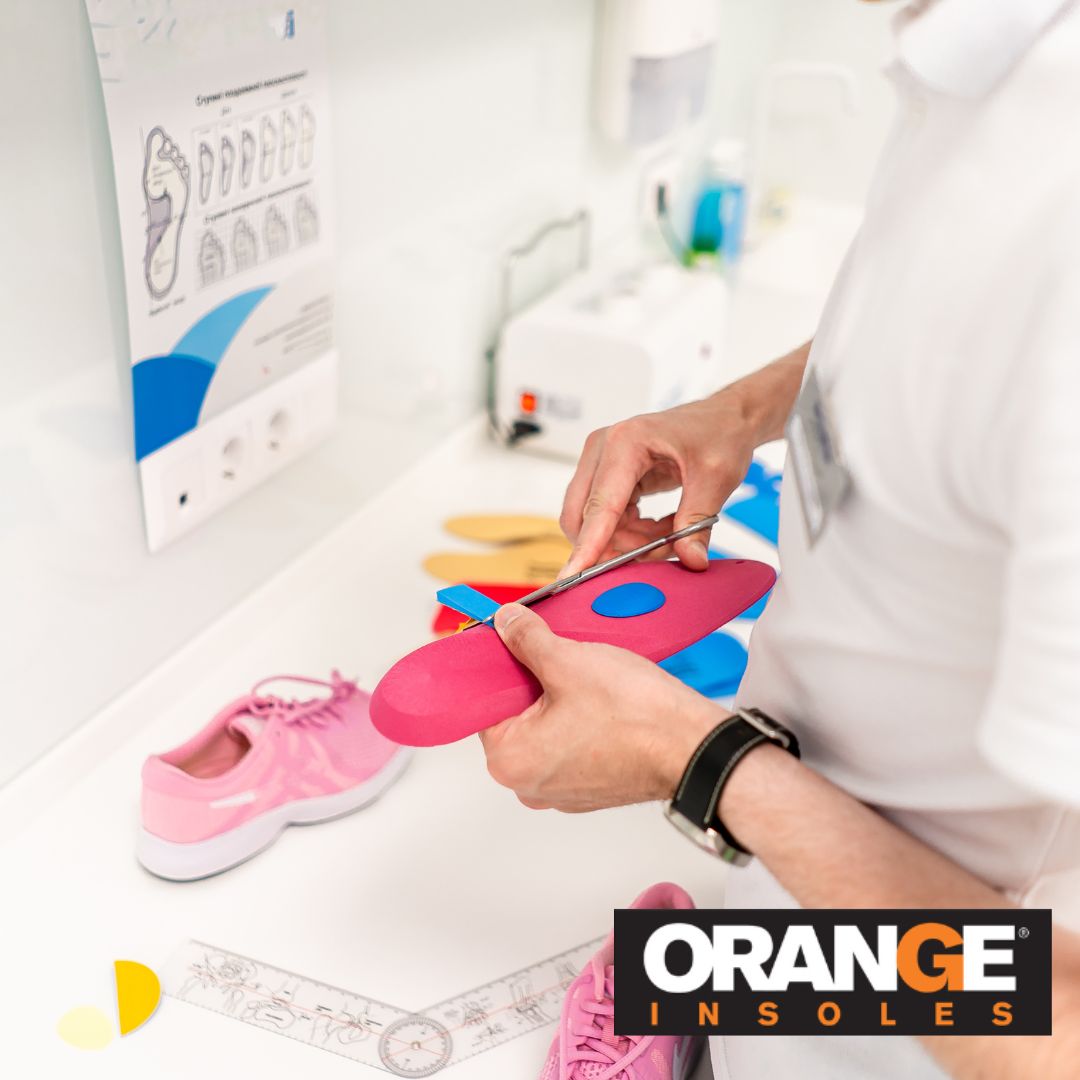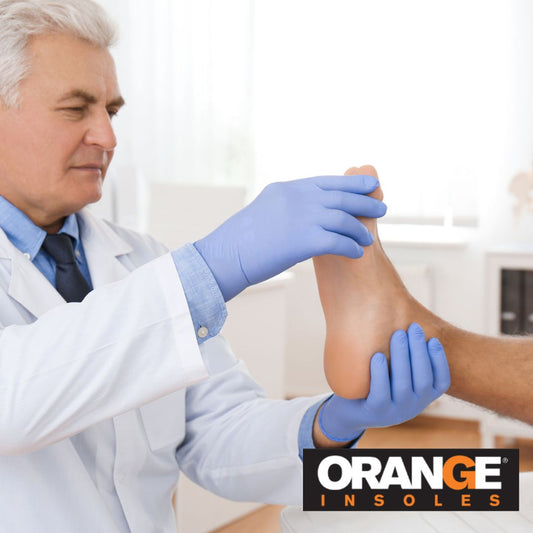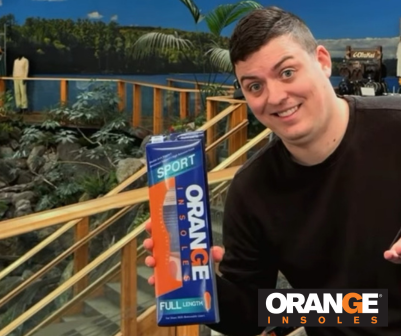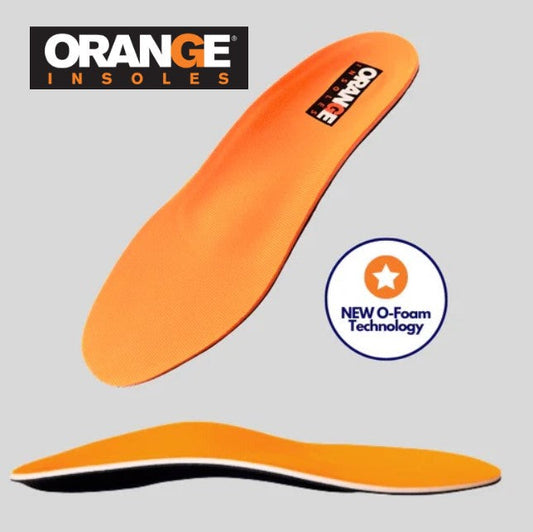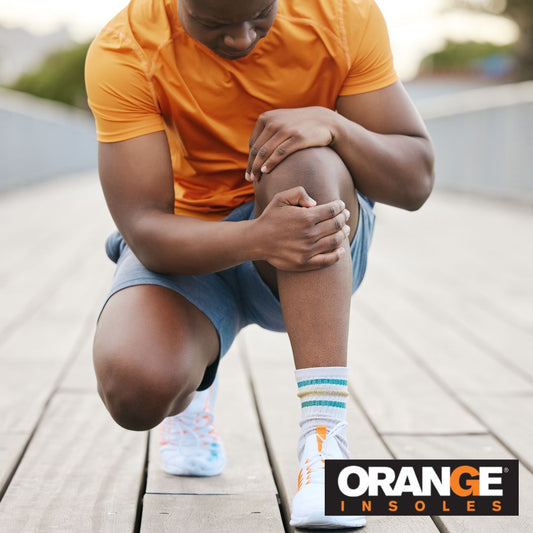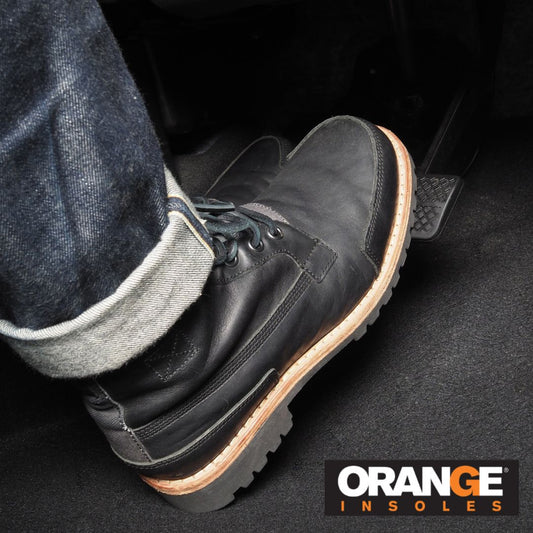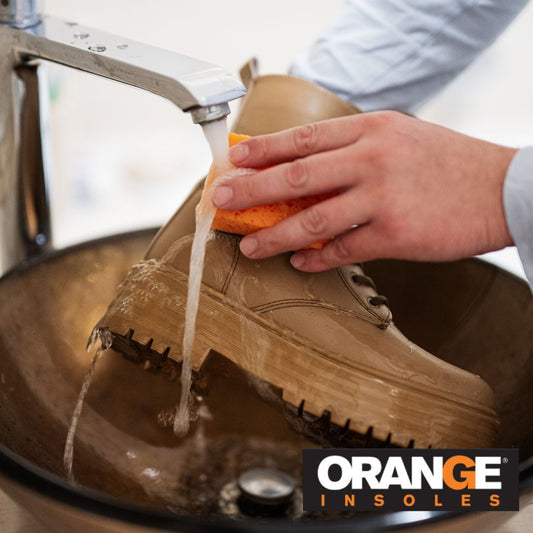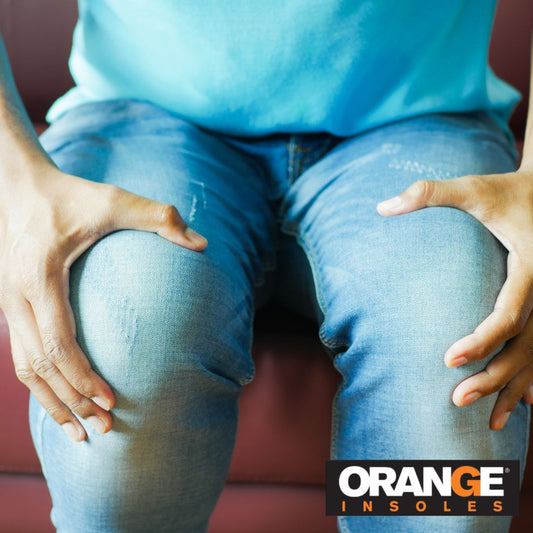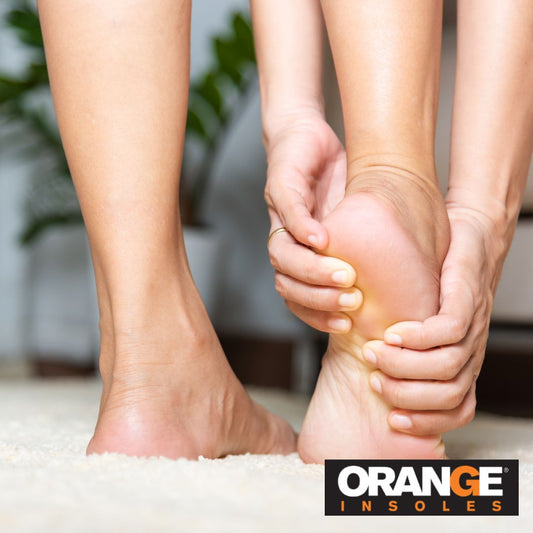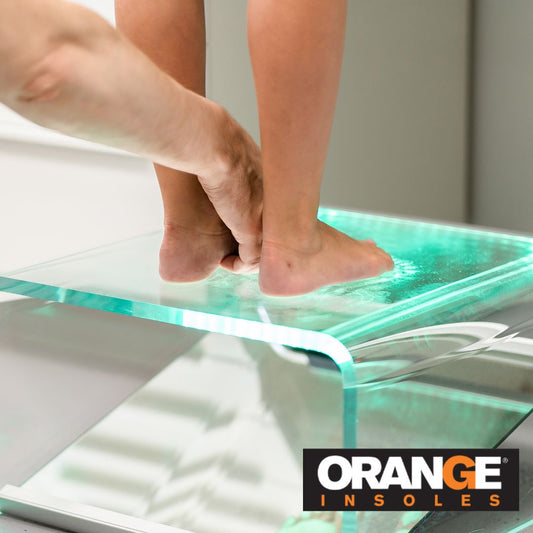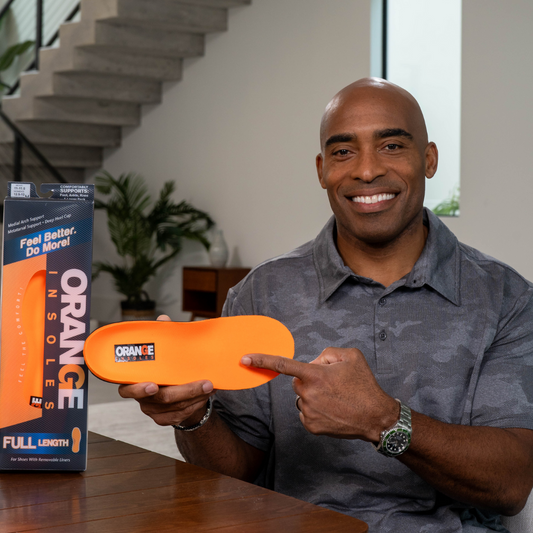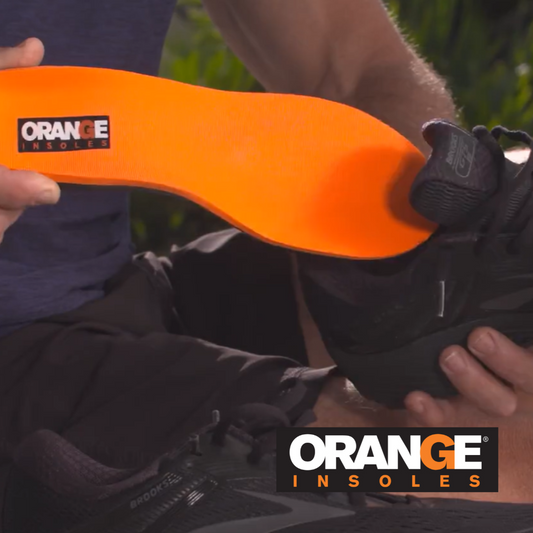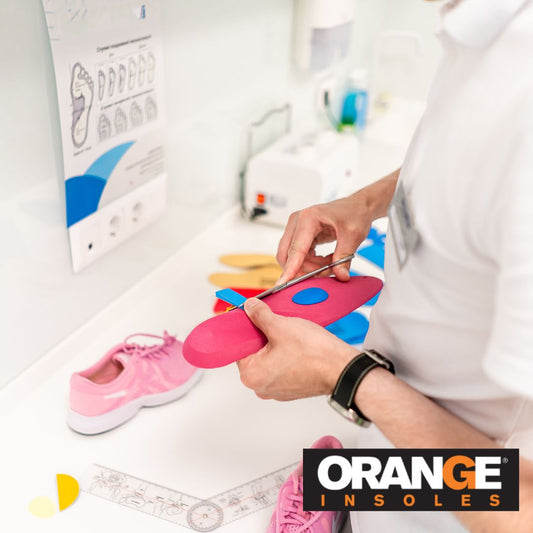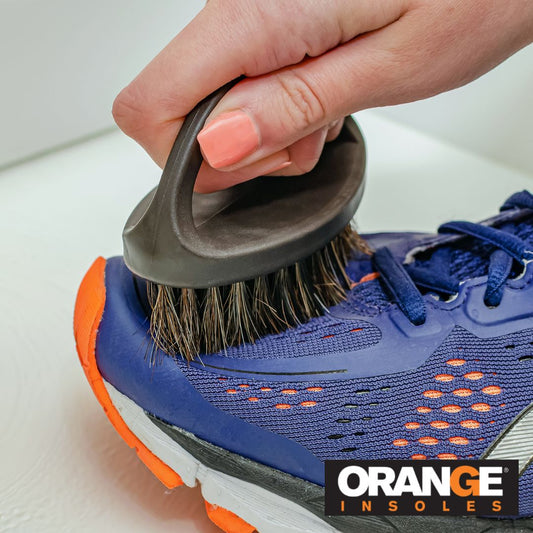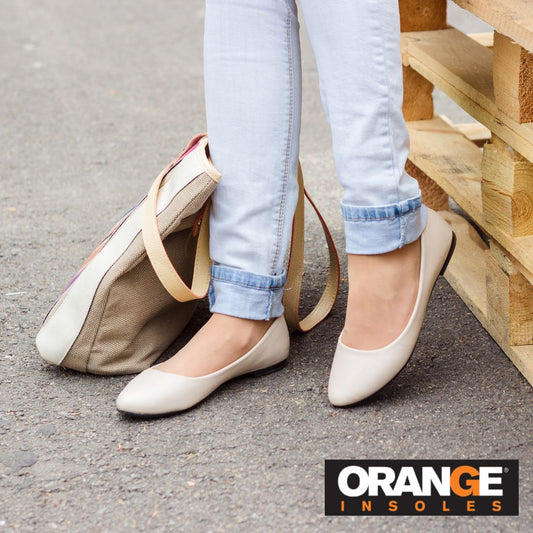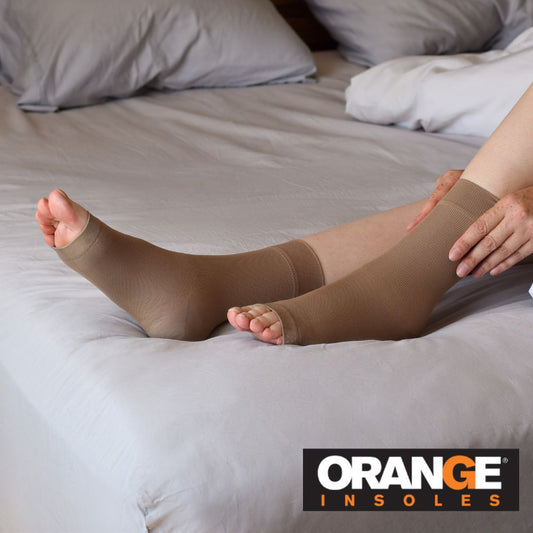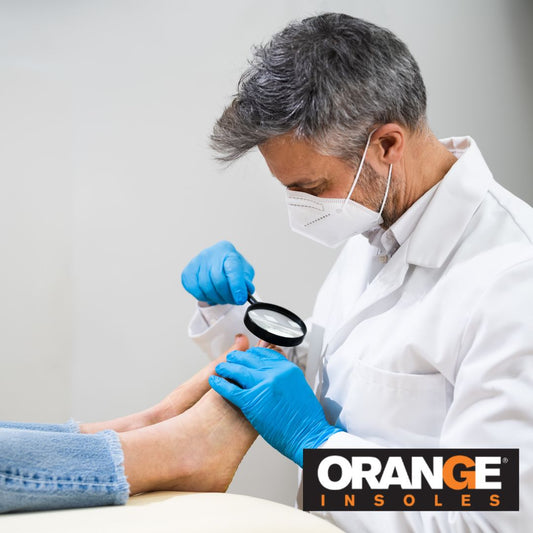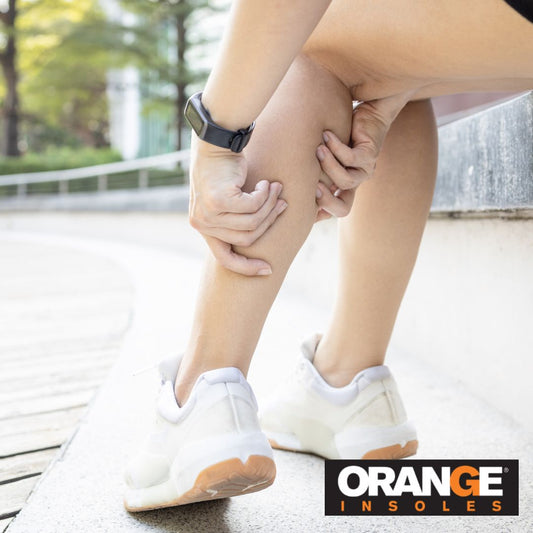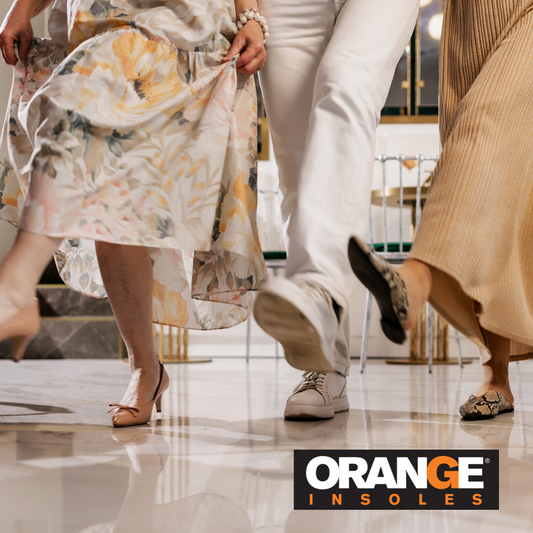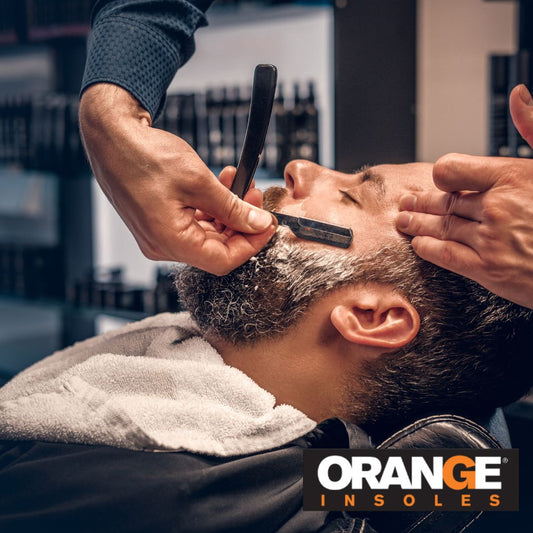Insoles, often overlooked, play a crucial role in providing support, cushioning, and stability to our feet. Their evolution is a fascinating journey that mirrors the advancement of medical knowledge and the understanding of foot health.
While the exact origin of insoles is difficult to pinpoint, their development has been influenced by various cultures, medical advancements, and technological innovations over centuries. There is no single inventor of insoles; instead, they have evolved through collective human ingenuity and the continuous pursuit of better foot health.
Ancient Beginnings
The concept of foot support dates back to ancient civilizations. Early forms of insoles were simple and rudimentary, often made from natural materials like grass, leaves, and animal hides. These primitive foot pads were designed to provide basic comfort and protection against rough terrains. Ancient Egyptians, for instance, used sandals filled with papyrus for added cushioning.
While these were integral parts of the sandals and not separate removable insoles as we know them today, they served the function of providing additional comfort and support, effectively acting as built-in insoles.
Medieval and Renaissance Periods
During the medieval and Renaissance periods, footwear became more structured, and the need for additional comfort led to the development of basic insoles. These insoles were typically made from leather and other available materials, offering limited support. The understanding of foot anatomy was still rudimentary, and insoles were primarily used for comfort rather than medical purposes.
In this period the insoles were generally thin and the leather material provided a hard, semi durable surface. Other materials that might have been used included felt, cork, and wool, which could add varying degrees of comfort and insulation. The primary purpose of these insoles was to offer a layer of protection and a bit more comfort compared to the rough interior of medieval shoes. The insoles were not particularly thick, as the main focus was on durability and a slight increase in comfort rather than significant cushioning or support. Thus, they were generally firm rather than soft, aimed at providing a smoother surface rather than shock absorption or orthopedic benefits.
The 19th Century: Industrial Revolution and Medical Advancements
The Industrial Revolution brought significant changes to shoe manufacturing, with mass production making footwear more accessible. During this time, medical knowledge, particularly in anatomy and physiology, began to advance. This led to a better understanding of foot health and the introduction of early orthopedic insoles. These insoles were designed to address foot deformities and discomfort, marking a shift towards the medical use of insoles.
Early 20th Century: The Rise of Orthopedics
The early 20th century saw the establishment of orthopedics as a recognized medical field. With this, the development of insoles specifically designed for medical conditions gained momentum. Materials such as cork and rubber were used to create insoles that provided better support and comfort. The focus was on creating insoles that could help manage conditions like flat feet and plantar fasciitis.
Mid to Late 20th Century: Technological Innovations
Advancements in materials science during the mid to late 20th century revolutionized insole design. Foam, gel, and other synthetic materials began to be used, offering improved shock absorption and support. Custom orthotics became more widely available, allowing for personalized solutions to foot problems. The increased awareness of foot health and its impact on overall well-being further emphasized the importance of using insoles.
Learn more: Insoles vs. Liners vs. Orthotics
Shift from Medical Orthotics to Commercial Insoles
The shift from purely medical orthotics to commercial insoles began in the mid-20th century, driven by a combination of technological advancements and increased public awareness of foot health. The development of new materials like EVA foam and gel allowed for the mass production of insoles that provided both comfort and support.
This period saw the emergence of over-the-counter insoles designed for general comfort and specific needs like sports or work-related activities. Companies began marketing insoles directly to consumers, making them widely available in pharmacies and shoe stores. The recognition of the importance of preventive care in foot health further pushed the demand for accessible and affordable insoles.
21st Century: Modern Insoles
The 21st century has seen remarkable innovations in insole technology. The integration of pressure mapping and 3D printing has allowed for highly customized insoles tailored to individual foot shapes and needs. Modern insoles are designed for specific activities, whether it's sports, work, or casual wear. The emphasis on preventive care has highlighted the role of insoles in injury prevention and performance enhancement.
Read more: What are your Insoles made of?
Medical Knowledge Shaped the Path of Insoles
As medical knowledge has advanced, particularly in biomechanics and kinesiology, the design and functionality of insoles have evolved. Understanding the mechanics of how we walk, run, and stand has led to the creation of insoles that not only provide comfort but also enhance foot alignment and reduce strain on other parts of the body. Research and case studies have supported the benefits of insoles in managing and preventing foot-related issues.
For instance, a systematic review and meta-analysis highlighted the effectiveness of foot orthoses and shock-absorbing insoles in preventing musculoskeletal injuries (BMJ Open Sport & Exercise Medicine). Another study demonstrated the benefits of arch support insoles for individuals with flat feet, improving stance time, cadence, and reducing plantar pressure (PLOS). Additionally, research has shown that total contact insoles can provide short-term relief for patients with plantar fasciitis (The Journal of Rheumatology).
The history of insoles is a testament to human ingenuity and the ongoing quest for better foot health. From rudimentary foot pads to advanced, custom-designed orthotics, insoles have come a long way. The continuous research and innovation in this field promise even better solutions in the future. As we move forward, it is essential to recognize the importance of foot health and consider the benefits that insoles can offer in our daily lives.




